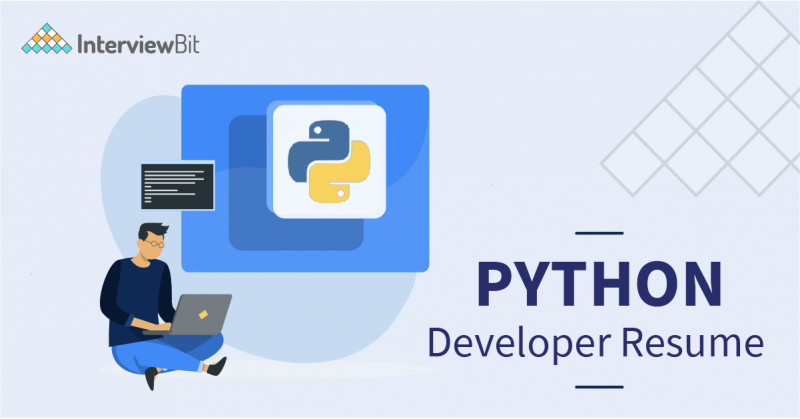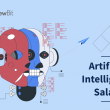- Introduction
- What’s Driving This Trend of Python?
- Types of Jobs Available for Python?
- Python Developer Resume
- Select a Template:
- Select a Basic Font:
- Basic Information:
- Adding a Summary:
- Work Experience:
- Projects:
- Achievements:
- Education:
- Skills:
- Additional Pointers
- Python Developer Resume Sample
- Conclusion
- Frequently Asked Question
- Q.1: How do you put Python projects on your resume?
- Q.2: Is Python enough to get a job?
- Q.3: Is Pygame good for resumes?
- Additional Resources
Introduction
Everyone in today’s tech world is aware of how Python is ruling in every field. The language is fairly intuitive, making it a top pick of programmers in the past year. It is also a language that is easy to understand by anyone and has the power to bring rapid development. Added to these, it is so versatile that it can be used for both software development and data science. These features of Python make it catch the eyes of tech giants such as Google, Spotify, NASA, Instagram, etc.
According to statistics, Python is now the most popular programming language. The Popularity of Programming Language(PYPL) has put back Python on top of the list, making it the most liked programming language followed by others like Java, C++, C#, etc. As it is an open-source programming language, anyone who wishes to use and re-write can do it with their ease. Python has a very strong hold in the job market. It is now an essential skill needed by a candidate for the majority of recruiters. Currently, there are more than 10,000 jobs available with Python as a skill with distinct job roles. In the future, as more companies start using Python, the demand will also increase.
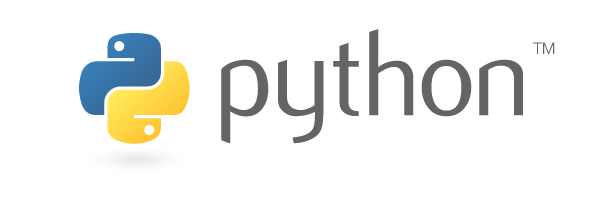
What’s Driving This Trend of Python?
As mentioned earlier, Python comes with a versatile nature. The main reason for rapid growth and improvement in the field are:
Confused about your next job?
- Artificial Intelligence and Machine Learning: It is a type of technology where the machine interprets the data extensively without actually programming it.
- Data Analytics: Data Analysis is a tedious task that can be made very easy using programming. Python has special libraries created for this purpose.
- Programming Application: High-end applications can be built using Python in no time. It is frequently used in the development of web applications and mobile applications.
- Data Visualization: Another major task in any field is to visualize data visualization. Through Matplotlib and Scikit, Python makes it hassle-free.
Types of Jobs Available for Python?
We saw how Python is used in different domains. Based on their usage, the job roles are as follows:
- Software Developer: A software developer develops innovative software that can be used by clients for various purposes. They are required to write, edit, test, and manage codes regularly. The average salary of a software developer is 515288 INR and varies based on experience, skill, and location.
- Data Scientist: Day-to-day job of a Data Scientist includes figuring out an effective way to find patterns and predict the data. The average salary of a Data Scientist is 698412 INR and changes with skill, experience, and location.
- Machine Learning and AI Specialist: These specialists mainly utilize modern technologies and automate every work through a machine. The average salary of a Machine Learning Scientist and AI specialist lies between 739739 INR and 899792 INR.
- Python Programmer: Although their work is not much different from Software Developers, they build software that assists other developers in their respective domains. The average salary of a Python Programmer is 427293 INR.
Python is a hot topic in the job market. One who is in the programming domain has an eye on these roles to grab. In this article, we’ll see how to align your resume so that you’re one step closer to becoming a Python developer of your choice.
Python Developer Resume
A resume is the most important, and the first line of a requirement to get into a dream job. Although it looks simple, having a proper resume is not a piece of cake. Every day, over 1000 candidates send in their resumes to a company. After the meticulous screening, HR selects a handful of candidates for the next round. It is essential to understand that a resume should be perfect and unique to move into the next stage. Here, perfect is a relative term and depends from person to person. But the process of making a stand-out resume remains the same.
Select a Template:
Creating an eye-catching resume is never an easy job. Select a template that has all the needs like basic information, education, accomplishments, projects, etc., on a single page. Most of the modern templates cover it on a single page but in different alignments and orders. Select a template that you feel lets you articulate your skills in the best way possible. If you are someone who can design on your own, that’d be an added advantage.
Select a Basic Font:
Resumes are meant to be easily readable. Fancy fonts might make it very hard for recruiters to read. It is recommended to keep a font that is basic, plain, and easily readable by anyone. A few fonts that can be used are Calibri, Cambria, Helvetica, Georgia, etc. A simple font fetches more attention!!
Basic Information:
We have always heard “Do not judge a book by its cover” from many people. At the same time, we also need to keep in mind that “First Impression is the best impression. Your resume fixes your image in the eyes of a recruiter. It thus is important that you keep your basic information to the best. Make sure to mention your complete name in the header. Make sure to not add any nickname of yours as no one would like to know that to recruit you. Mention all your contact details like email, LinkedIn profile, contact number, website(if any), GitHub profile, and social media handle(if required). Make sure your email ID looks professional. IDs like progamer111@yahoo.com, mamacallsmecute@gmail.com, etc., are not professionally welcomed. Adding a photo to your resume is optional. If you intend to add, make sure that the image is professional and dynamic.
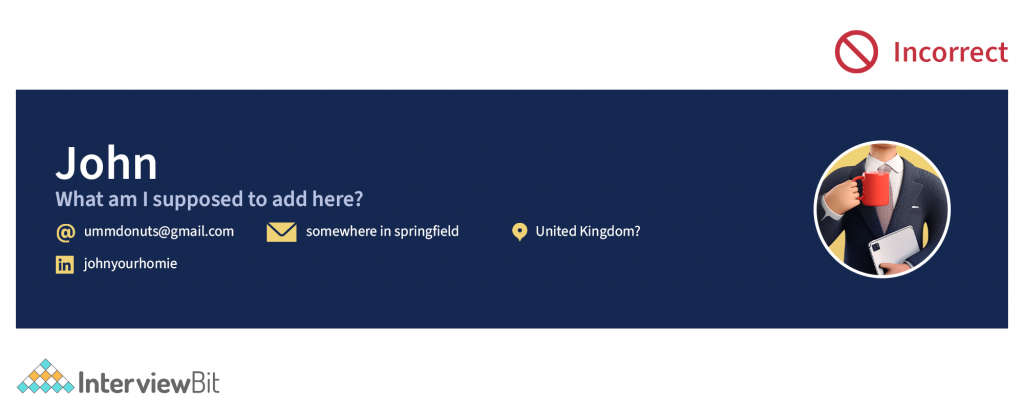
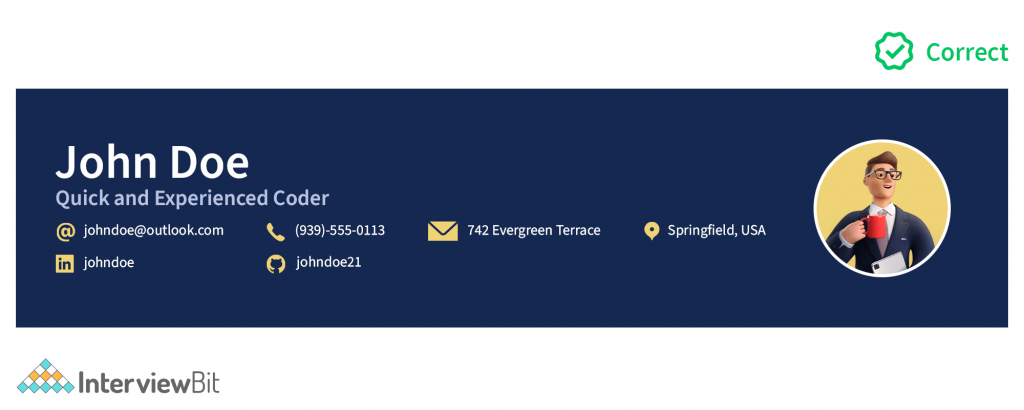
Adding a Summary:
This part of the resume lets the recruiter know who you are. All your skills, accomplishments, experience, and qualifications must come over here in not more than four sentences. Be crisp in writing, add true qualities that have support, and quantify every accomplishment if possible. Quantifying your work imparts the impact you have had in your previous experiences. Make sure to not use any pronouns while you write this part. The addition of headers is an option. Make sure to tailor it as per the role. Remember, the more specific you are here, the better chances of your resume being read entirely.
Work Experience:
This section of a resume imparts how well you have done previously and what more you can do. Add your experiences in chronological order starting from the most recent one on the top. Your designations matter more than the company you previously worked at. Make sure to mention your tenure in every experience and give a brief note on all your work. Again, quantify your work to have a great impact. A bad resume would include irrelevant work experience like campus ambassador, social media marketing, etc.
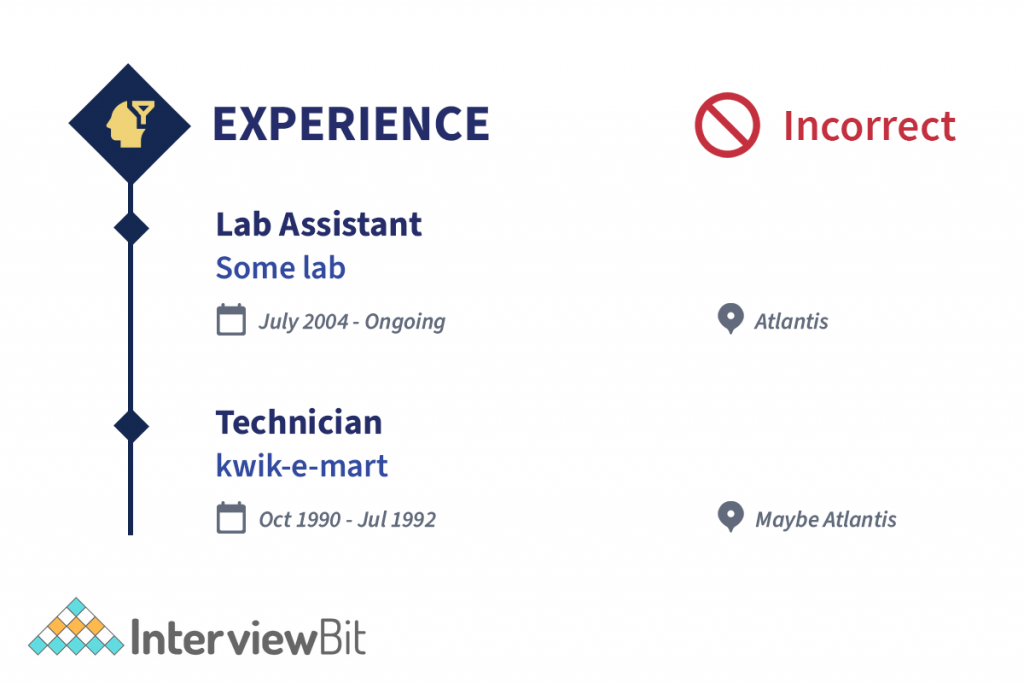
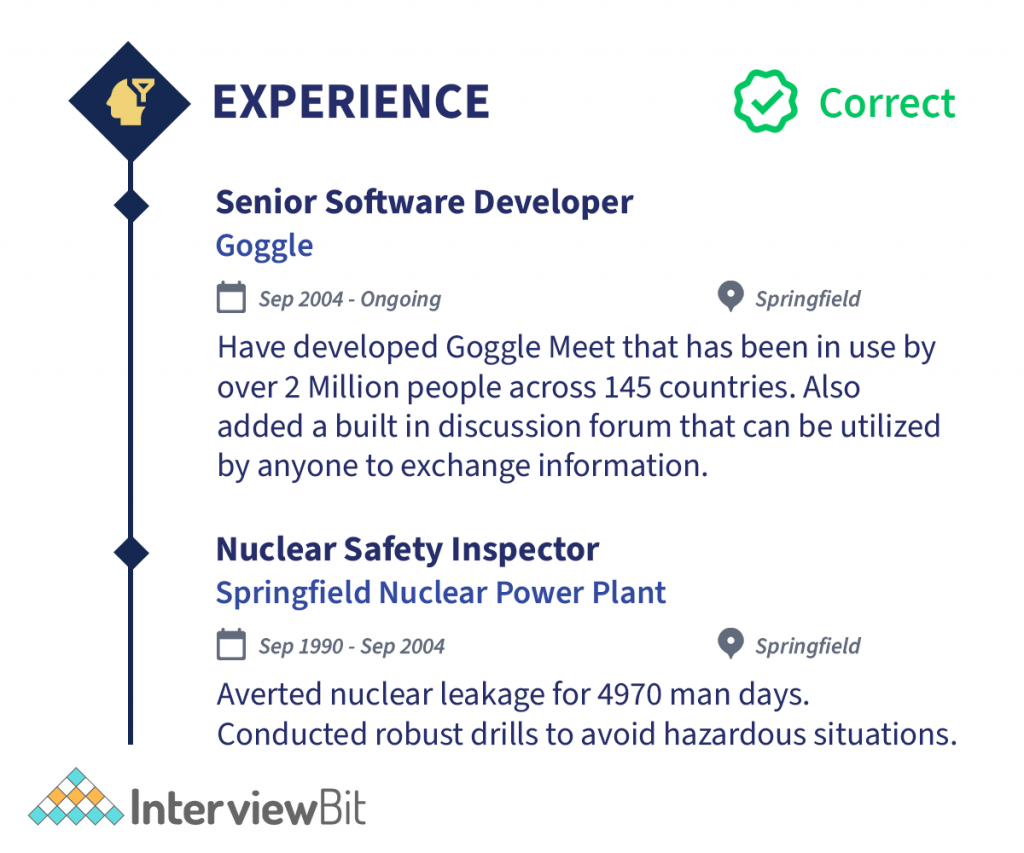
Projects:
If you have worked on many projects, prioritize them and add the best three you have worked on. Again, tailor it as per needs. For example, if you are applying for an Artificial Intelligence Specialist role, make sure to add AI-related projects and not web development-related projects. Explain the project in simple words and add the technologies you have used to work on it. Quantifying is a must.
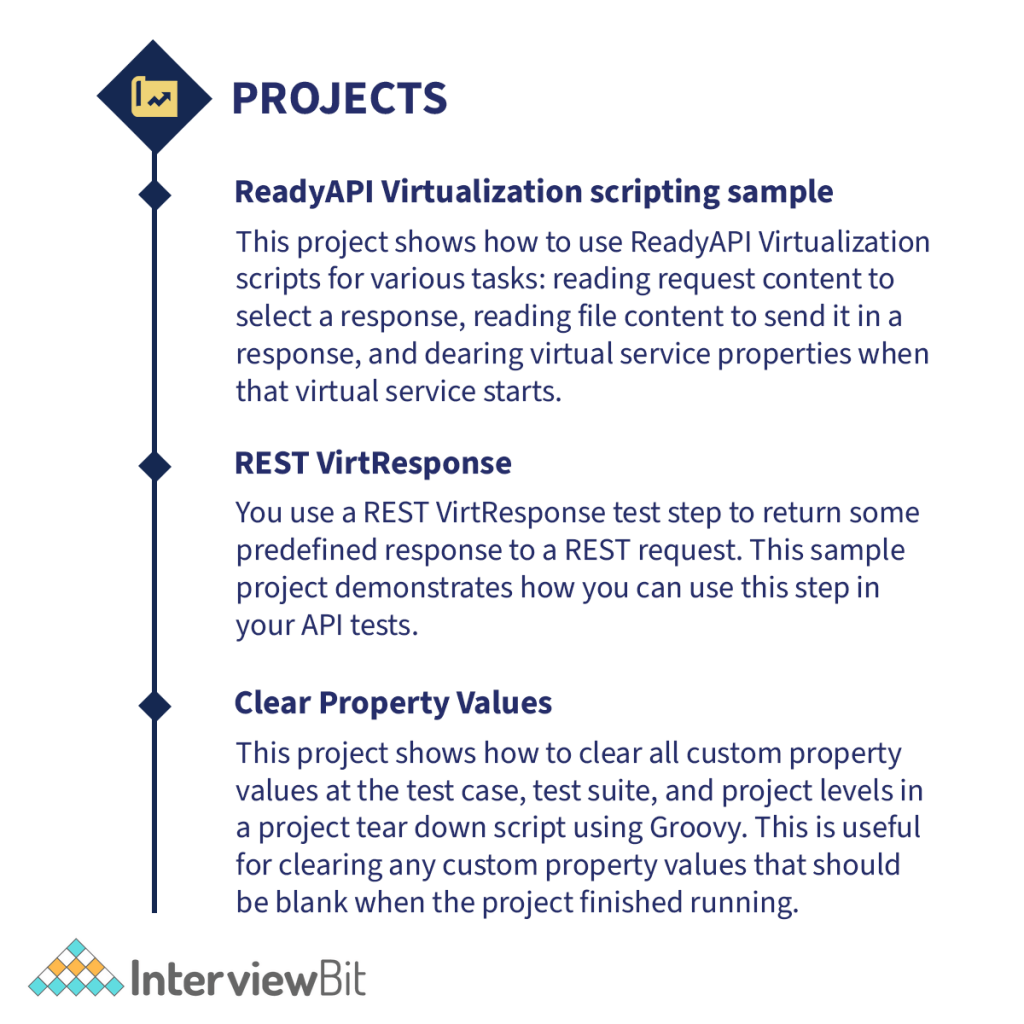
Achievements:
The achievements section is very important. Your resume must not only convey your previous work experiences. It must also have a section that shows how influential you have been. Add the finest of your achievements and define how success was measured in it. Put the light on how you achieved that feat in a few words. Please include as many action words as possible and quantify them.
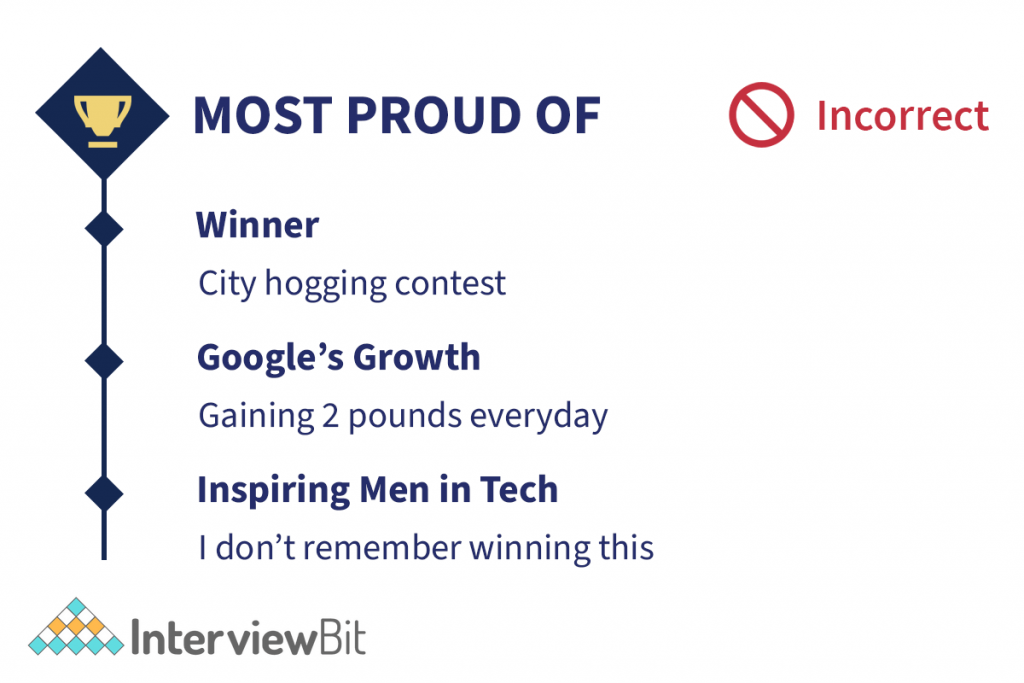
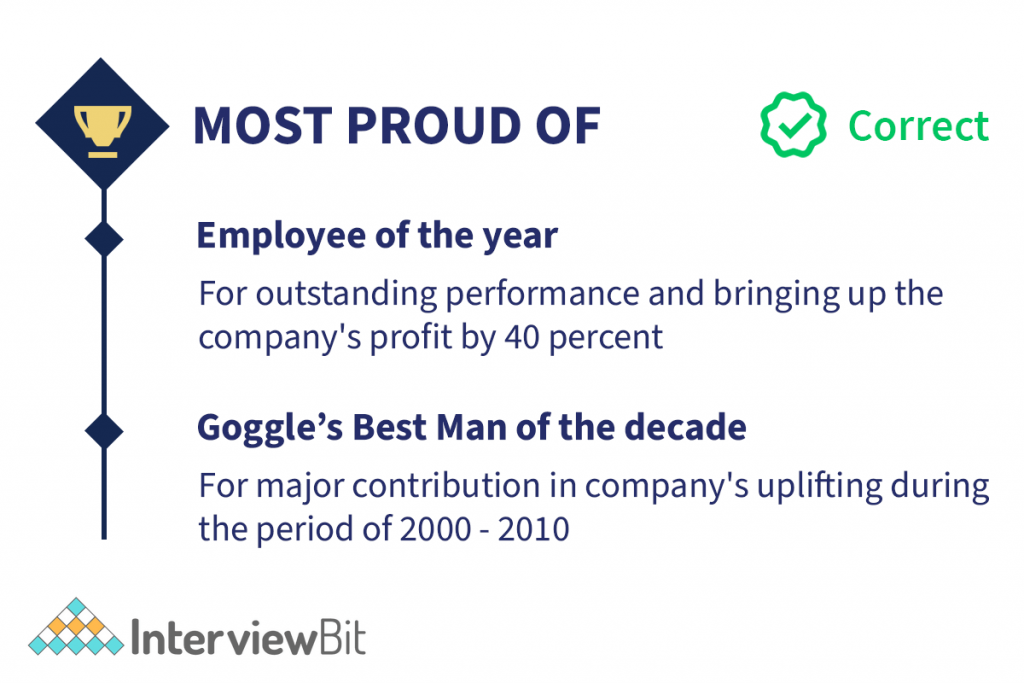
Education:
Depending on work experience, this section can be moved across the resume. If you have minimal work experience or are a fresher, move this section to the top. If you have enough work experience, move it to the bottom of your resume. Provide specific details of the degree and institution.
The GPA can be skipped if you do not wish to but have enough accolades to showcase your skills. You can also opt to skip GPA once you have enough work experience. Avoid adding GPA from your school days. Add the GPA of the highest degrees you have achieved. Tell the truth. Do not add a false GPA to your resume. If you do not intend to share it, drop by adding it.
Skills:
Every role has a defined skill set. For example, a data analyst needs to know NumPy, matplotlib, etc., and not Pygame, PyQt, etc. Make sure to add relevant skills to the section. Avoid using very generic technologies like MS Word, and MS PowerPoint as you ought to know them. Add your soft skills to the list as they matter too. Adding languages you know are optional but if you wish to add, make it a point to add them along with proficiency.
Additional Pointers
After all these sections, if one still wishes to add some more sections, they can do so by adding sections like Volunteering, Co-Curricular Activities, and Roles and Responsibilities. While it might not seem to be of high significance, some companies do try to access based on such terms.
Python Developer Resume Sample
Here’s a sample resume of a Python Developer which you can use as a reference to create your own powerful one:
Conclusion
Resumes are the front-line helpers in securing a dream job. A clear and concise one will keep you moving ahead. No resume is always a perfect one at any point in time as it keeps changing. Regular updates and following a standard is very much necessary. What are you waiting for? Head on towards a resume builder and start building your powerful weapon!!
Frequently Asked Question
Q.1: How do you put Python projects on your resume?
Ans: Mention the title and give a brief description of your project in the project section. Make sure it has numbers to impart great value. If you meant to showcase the project itself on the resume, you can hyperlink it leading to the GitHub repo of the same.
Q.2: Is Python enough to get a job?
Ans: Getting a job is not just about knowing one thing. Python is a very wide field and has various subdomains such as data science, machine learning, etc. Try and understand what it is that you are looking for. Along with this, having soft skills is also necessary.
Q.3: Is Pygame good for resumes?
Ans: Certainly. Pygame is still in use to develop games although it’s not a popular choice. If you know something better than Pygame, avoiding Pygame would be a better option.


